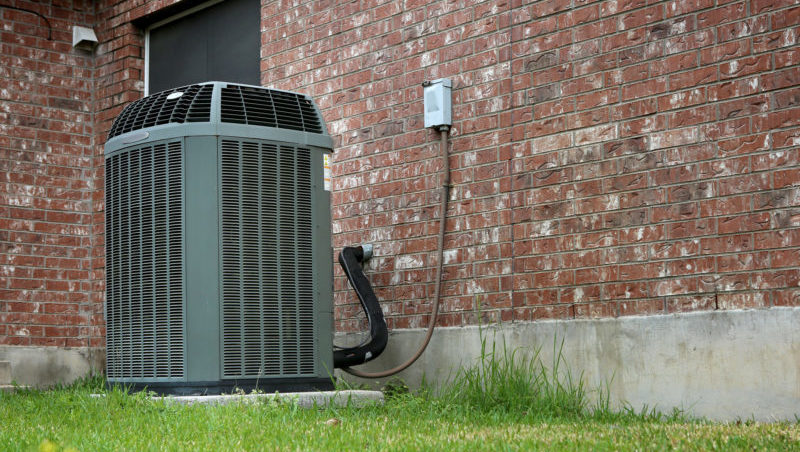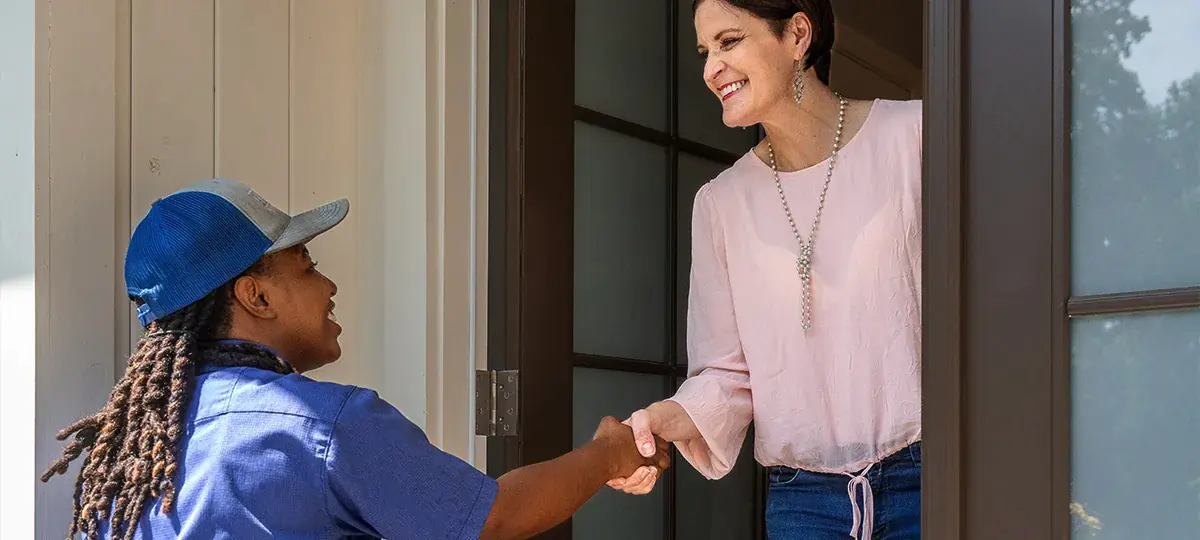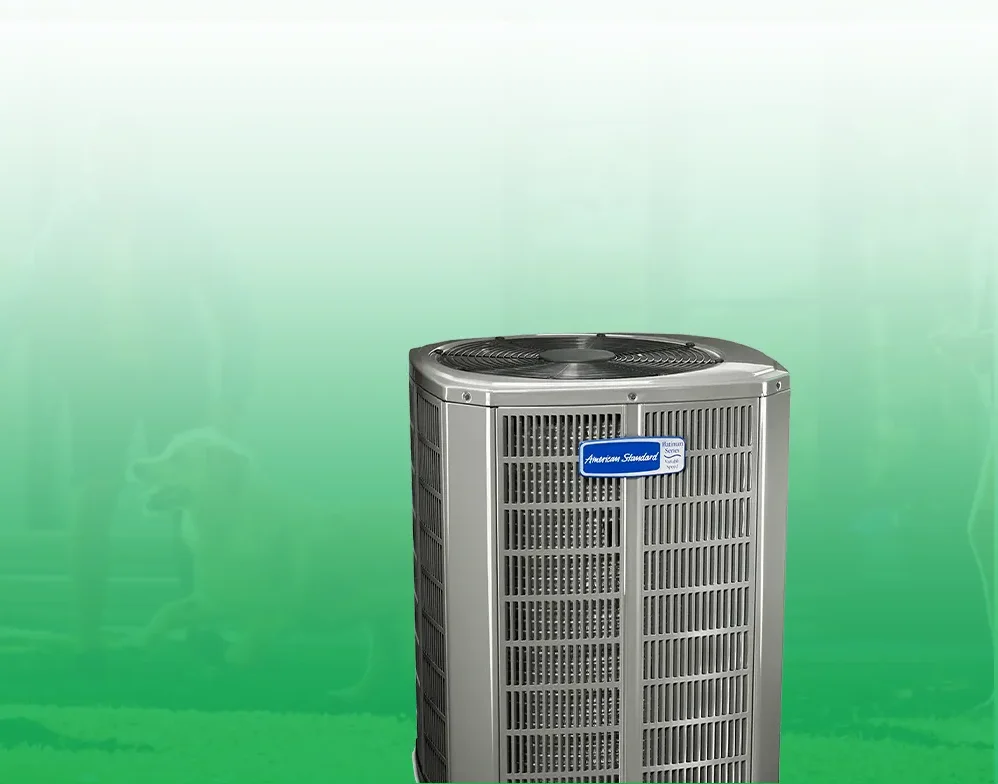When your heat pump gives out right in the middle of changeover season, it’s like your home’s comfort system hits a sudden pause. One day you’re cozy with warm air, and the next, you’re stuck wondering if you should bundle up or grab a fan.
Changeover season is tricky because your system switches between heating and cooling, so when it quits, you can feel it fast — either freezing or overheating. It’s not just annoying; it can mess up your whole day and leave you scrambling for quick fixes.
But what exactly happens inside that heat pump when it stops working at the worst time? And what should you do when your comfort system throws a fit?
How Does a Mid-season Heat Pump Failure Impact Indoor Comfort?
Imagine waking up on a crisp spring morning with temperatures hovering just above freezing, expecting your heat pump to keep your home comfortably warm. Then you realize the heat isn’t coming on. Or worse, in early fall, when the nights start to get chilly, but the days are still warm, and suddenly your air conditioner won’t kick in.
A mid-season heat pump failure disrupts your home’s climate control in very real, very uncomfortable ways:
- Temperature Rollercoaster: Without a functioning heat pump, your home is left vulnerable to swings in outdoor temperature. This often means chilly indoor mornings and uncomfortably warm afternoons or vice versa.
- Uneven Heating or Cooling: Some rooms may feel fine while others are freezing or sweltering, especially if you have a zoned system relying heavily on the heat pump.
- Humidity Imbalance: Heat pumps not only control temperature but also help regulate indoor humidity. Failure can lead to a clammy or dry environment, making the air feel worse than it actually is.
- Increased Energy Bills: If the system is malfunctioning but still running intermittently, it may consume more power trying to reach the desired temperature, inflating your utility bill.
- Stress and Disruption: Comfort aside, losing your primary climate control during changeover season can cause stress and inconvenience, especially if you have vulnerable family members or pets sensitive to temperature changes.
So, the impact is both physical and emotional — your home no longer feels like the sanctuary it should. Suddenly, what was supposed to be a seamless season transition turns into an uncomfortable guessing game.
Why are Heat Pump Breakdowns More Common During Seasonal Transitions?
You might wonder: Why do heat pumps seem to break down more often right when they’re supposed to be switching from heating to cooling, or vice versa? The answer lies in the unique challenges this “in-between” season puts on the system.
Here’s why seasonal transitions are prime time for heat pump troubles:
1. Increased Operational Stress
- During changeover seasons, your heat pump runs more frequently and for varying durations because outdoor temperatures fluctuate significantly throughout the day. The system cycles between heating and cooling modes more often than in deep winter or summer.
- This constant cycling puts extra wear and tear on the compressor, reversing valves, and other mechanical components.
2. Mode Switching Complexity
- Unlike traditional HVAC systems with separate heating and cooling units, heat pumps reverse their operation based on the thermostat demand. This means components like the reversing valve engage more often.
- These repeated mode changes can cause parts to wear out faster or fail if maintenance has been neglected.
3. Temperature Fluctuations Cause Condensation Issues
- When switching from heating to cooling or vice versa, the system must handle moisture in different ways. Improper drainage or clogged condensate lines during transitions can lead to water damage or ice buildup inside the unit.
- Ice accumulation, in particular, can cause the unit to stop working properly or trigger safety shutoffs.
4. Deferred Maintenance Revealed
- Many homeowners overlook annual heat pump maintenance, especially if their system has been “working fine.” Changeover season, with its demands, exposes hidden issues — dirty coils, clogged filters, worn belts, or low refrigerant levels — that have been simmering unnoticed.
- When these underlying problems meet the stress of seasonal switching, failures happen.
5. Electrical and Control System Stress
- Heat pumps rely on electronic controls and sensors to manage temperature shifts. The changeover season’s frequent cycling can expose weak wiring, faulty sensors, or failing control boards.
- These electrical failures often manifest during mode transitions, causing system shutdowns.
What are The First Signs of Trouble When a Heat Pump Stops Working Between Seasons?
Catching heat pump trouble early — especially during the tricky changeover period — can save you from discomfort and costly repairs. But what should you watch for? Here are some early warning signs that your heat pump is struggling:
Unusual Sounds
- Grinding, squealing, or banging noises during startup or operation
- Clicking or popping sounds when switching modes
- Humming or buzzing that’s louder than normal
Irregular Temperature Control
- Inconsistent heating or cooling output from the vents
- Rooms failing to reach or maintain the thermostat setting
- Noticeably cold or hot spots within your home
Excessive Cycling
- The system turns on and off rapidly or more often than usual
- Heat pump runs continuously without reaching set temperature
Frost or Ice Buildup
- Visible ice on the outdoor unit’s coils or refrigerant lines
- Frost inside the air handler or near vents
Strange Odors
- Musty or burning smells coming from vents or the outdoor unit
- Electrical burning odors that could indicate wiring issues
Increased Energy Bills
- Unexplained spikes in electricity usage during changeover months
Failure to Switch Modes
- Heat pump stays in heating mode despite warm outdoor temperatures
- Cooling mode activates but doesn’t cool effectively
Thermostat Behavior
- Thermostat fails to communicate properly with the system
- Heat pump ignores temperature adjustments
If you notice any combination of these signs, it’s time to call a professional HVAC technician. Early intervention is key to preventing a full system breakdown in the middle of an already uncomfortable season.
Can Switching Between Heating and Cooling Modes Cause System Strain?
Absolutely. Unlike traditional HVAC setups where heating and cooling are separate systems, heat pumps must do double duty — heating and cooling through the same equipment by reversing the refrigeration cycle. This unique feature is both a strength and a potential source of strain.
How Mode Switching Affects Your Heat Pump
- Reversing Valve Activation: The heart of mode switching is the reversing valve, which flips the refrigerant flow from cooling to heating and back. This valve is a mechanical component that can wear out over time, especially with frequent switching during changeover.
- Compressor Stress: The compressor is the engine of the heat pump. It has to adjust to varying pressures and refrigerant flows depending on the mode. Repeated shifts in operating conditions can accelerate wear.
- Thermostat Demand Fluctuations: Changeover season is marked by unpredictable outdoor temperatures, causing the thermostat to cycle the system on and off more often, increasing mechanical and electrical component use.
- Defrost Cycle Challenges: In heating mode, the heat pump must periodically switch to defrost mode to clear ice buildup. The transition between heating, defrost, and cooling adds complexity and wear.
- Electrical Load Variations: The switching involves not just mechanical but electrical switching as well. Controlling these transitions puts added stress on control boards, relays, and sensors.
How to Minimize Mode Switching Strain
- Regular Maintenance: Annual professional tune-ups help ensure components like the reversing valve, compressor, and electrical systems are clean, lubricated, and functioning properly.
- Smart Thermostat Use: Programmable thermostats that avoid frequent on-off cycling can reduce unnecessary mode switches.
- Filter and Coil Care: Clean filters and coils reduce system strain by improving airflow and heat exchange efficiency.
- Address Issues Promptly: Don’t ignore early signs of trouble during changeover months; quick repairs prevent cascading damage.
Your heat pump is a finely tuned piece of technology that makes life comfortable across changing seasons. But when it quits in the middle of changeover season, it can throw a serious wrench into your comfort and daily routine.
Understanding how these failures impact your home, why they happen more during seasonal transitions, and what early signs to watch for can empower you to act quickly and wisely.
The good news? Heat pumps are highly reliable when cared for properly, and most breakdowns during changeover season can be avoided with routine maintenance and timely professional service. So as the seasons shift, keep an eye (and ear) out for anything unusual — your comfort depends on it.
If you’re currently facing a heat pump breakdown or want to be proactive before changeover season hits, don’t hesitate to reach out to a qualified HVAC expert. Your home deserves the best, and so do you.
Keep Your Comfort on Track — Trust Horne Heating and Air Conditioning Inc. to Handle Every Season Shift
When your heat pump struggles during those tricky changeover days, you need more than just a quick fix—you need a team that knows how to keep your whole HVAC system running smoothly all year. That’s exactly what Horne Heating and Air Conditioning Inc. offers.
Our expert technicians handle heat pump repair, maintenance, and replacement with a focus on seasonal challenges. They don’t just fix surface issues—they run thorough diagnostics to catch problems early. Whether it’s a faulty reversing valve, refrigerant leak, or electrical trouble, we’ve got the skills and tools to get your system back to peak performance fast.
We also offer maintenance plans designed to keep your heat pump ready for any season, reducing breakdowns and extending its lifespan. Plus, our tailored solutions boost energy efficiency, saving you money on bills.
Don’t get caught off guard by a mid-season heat pump failure—trust Horne Heating and Air Conditioning Inc. to keep you comfortable no matter the weather.








